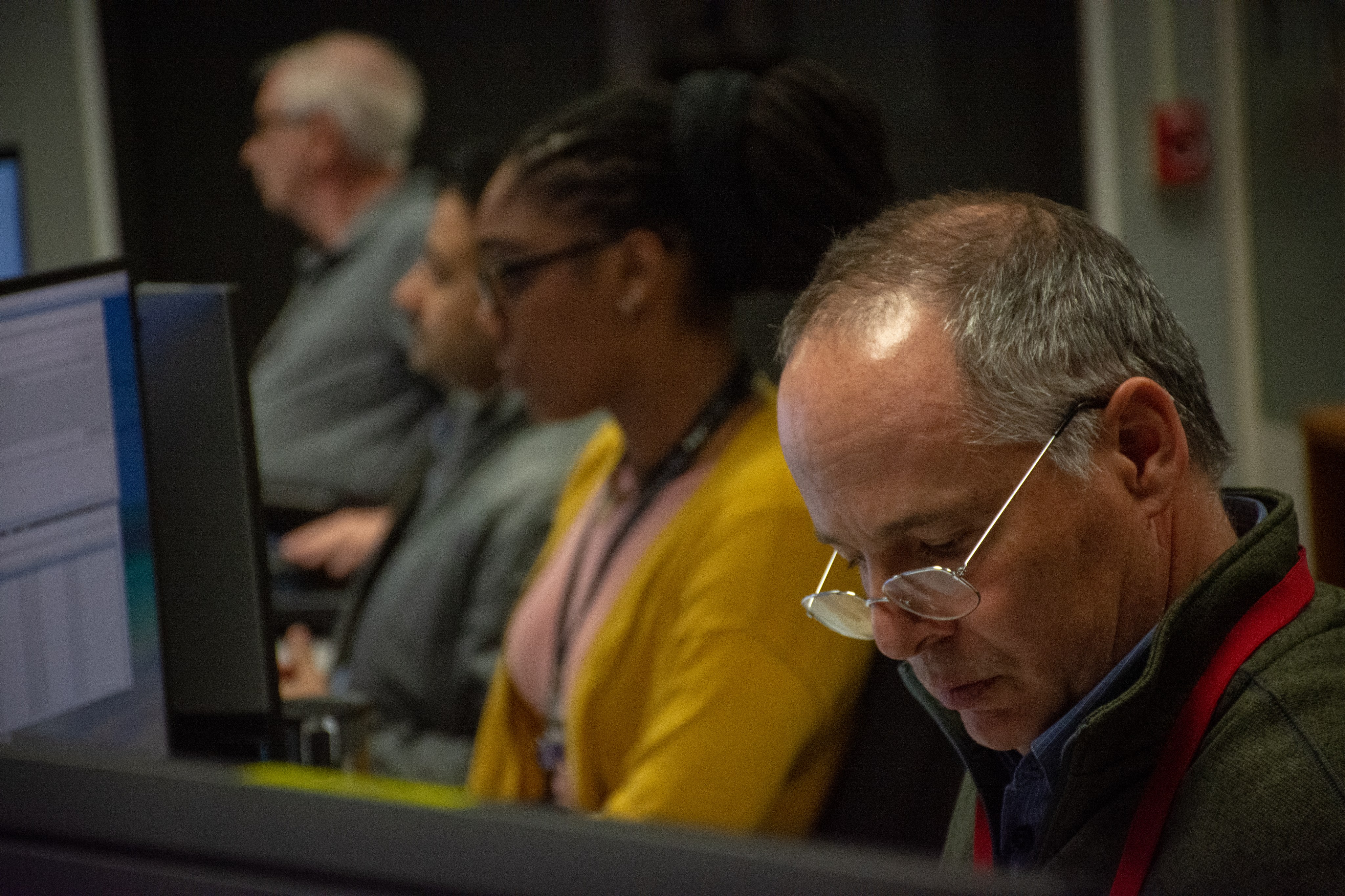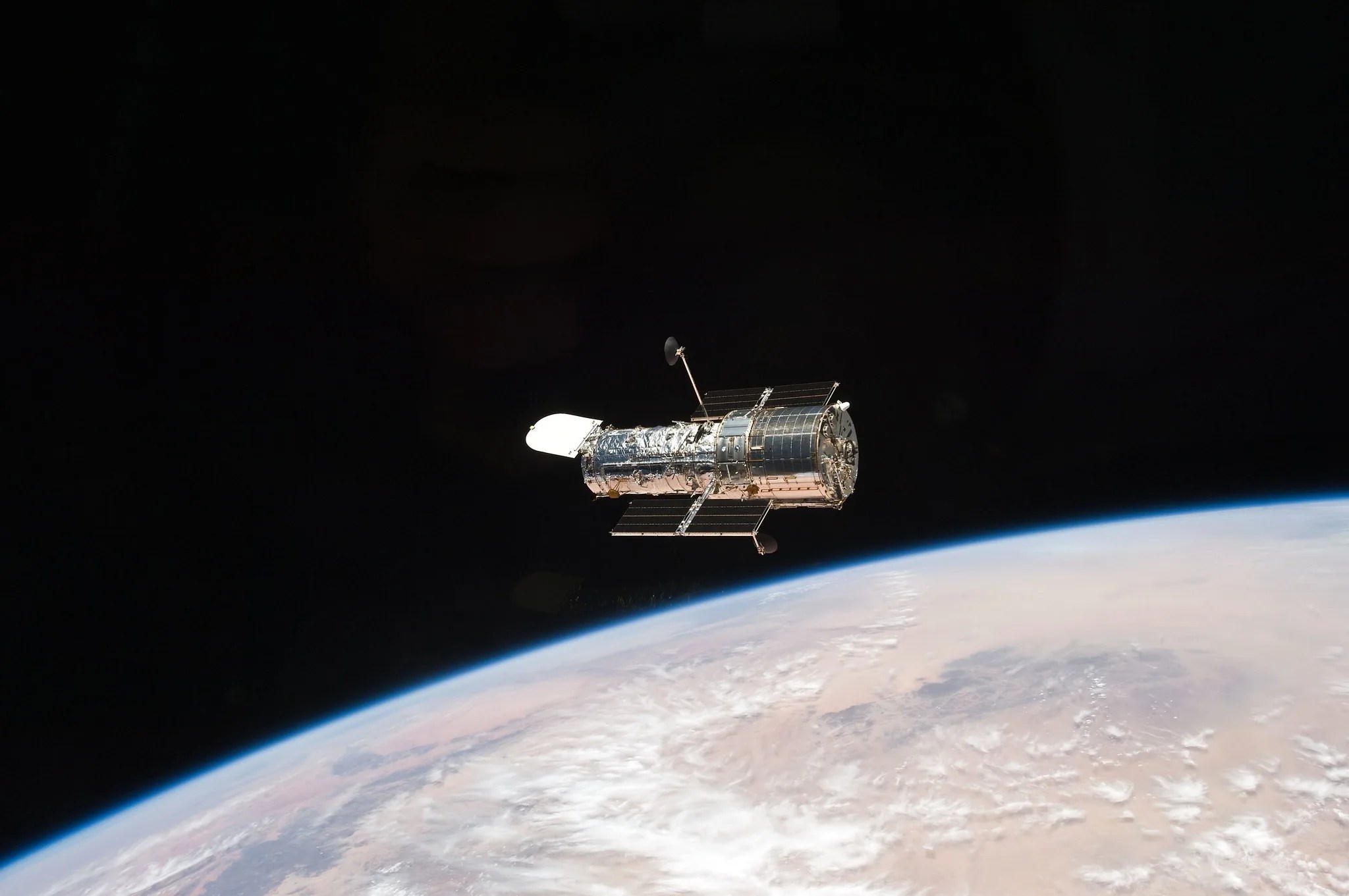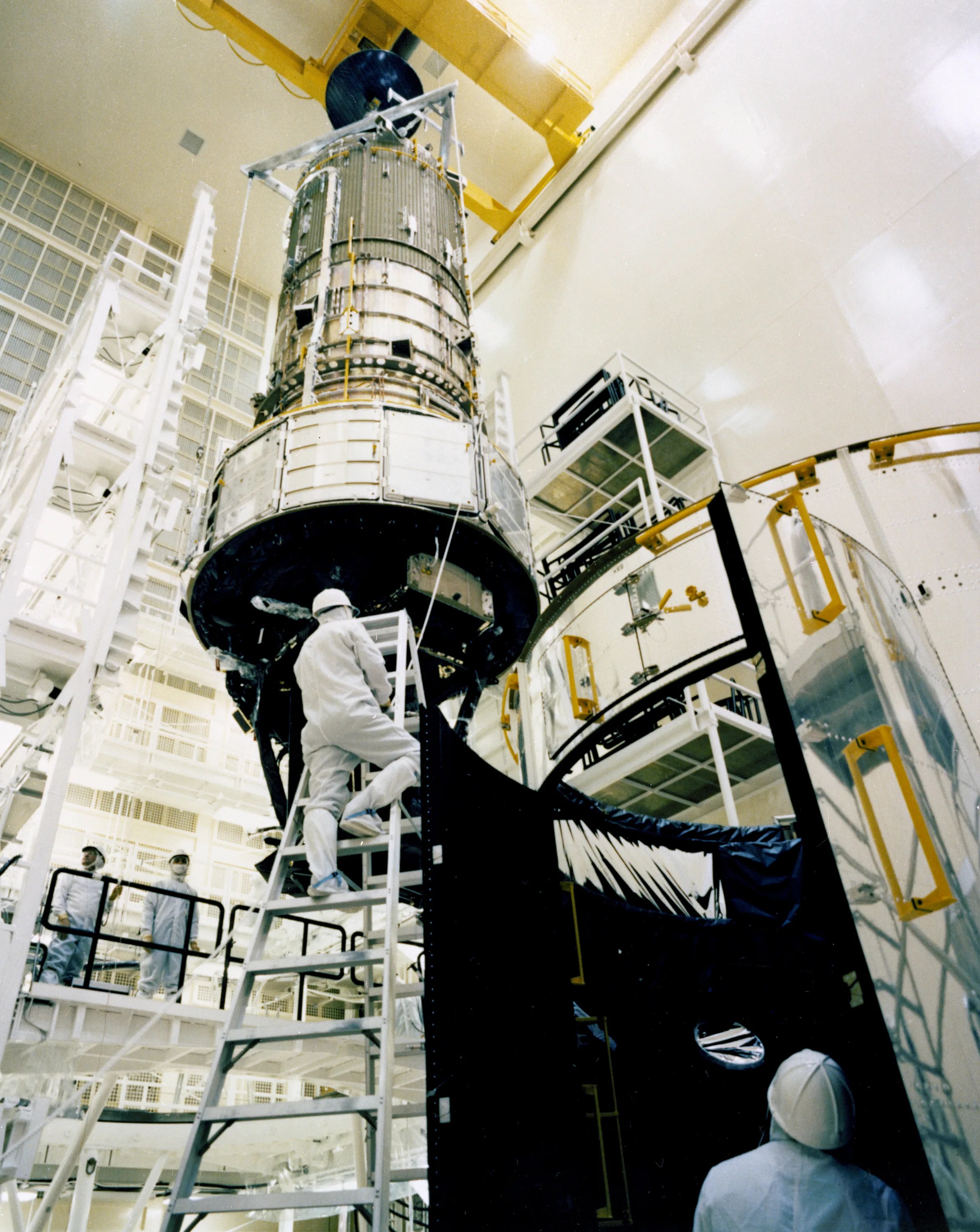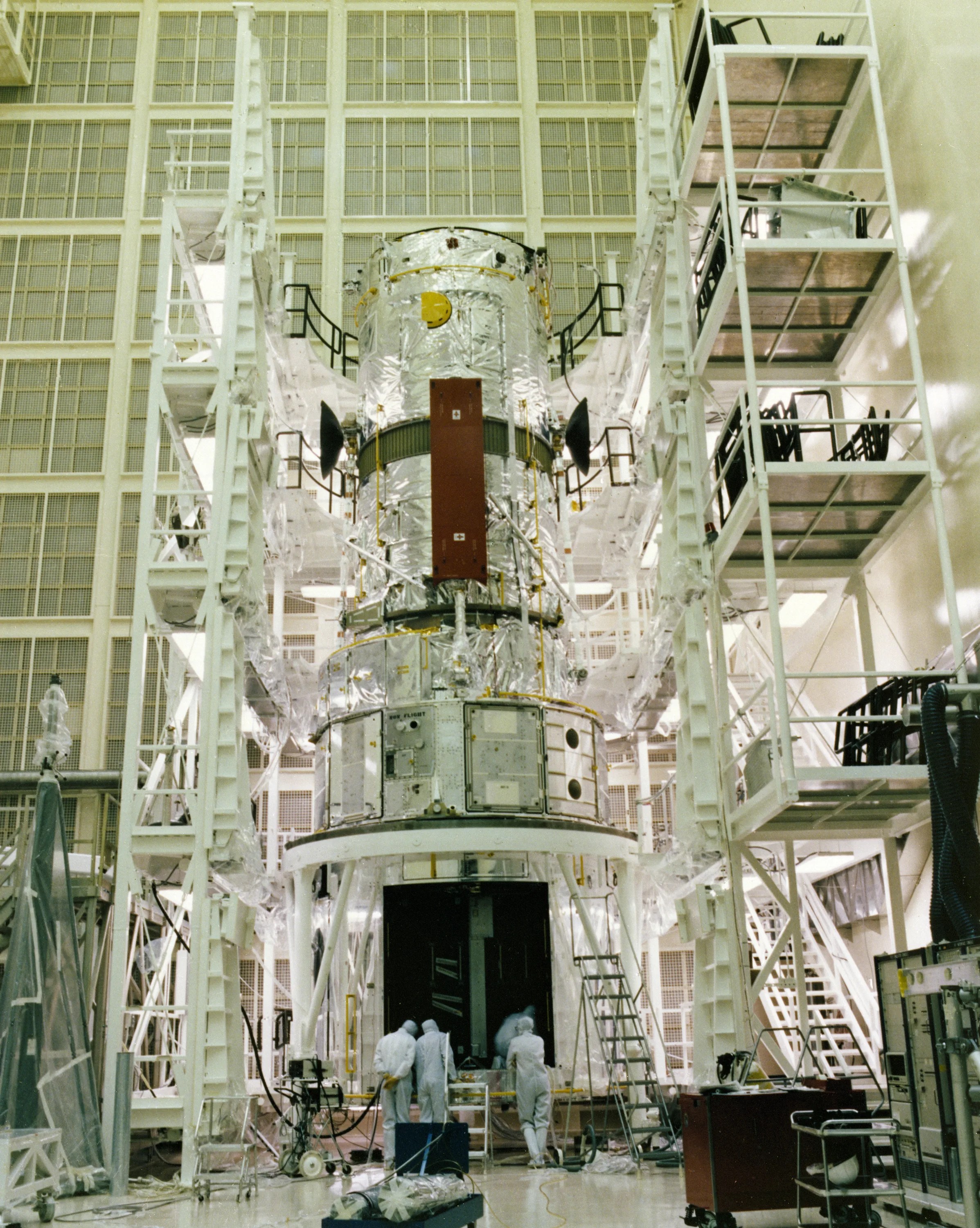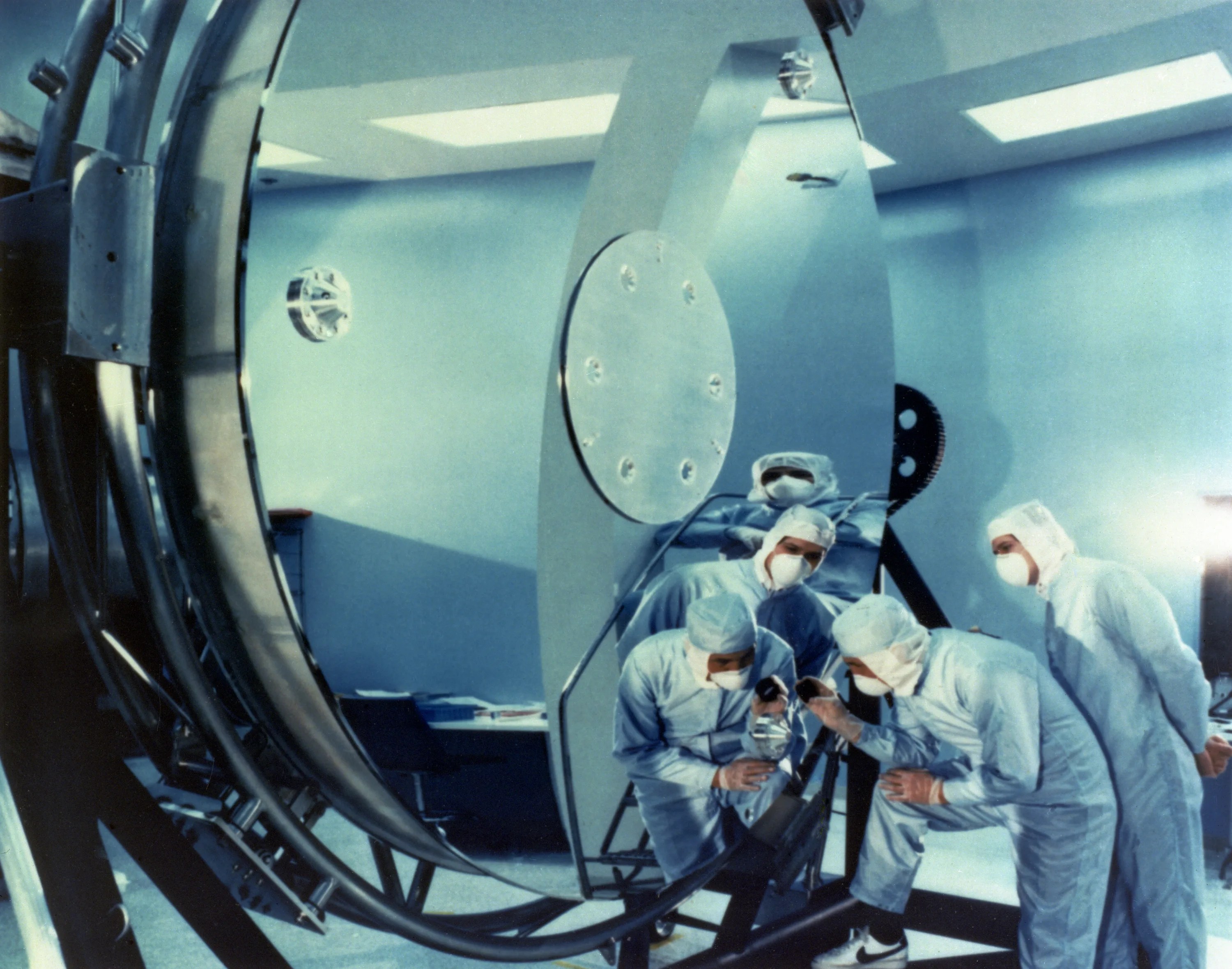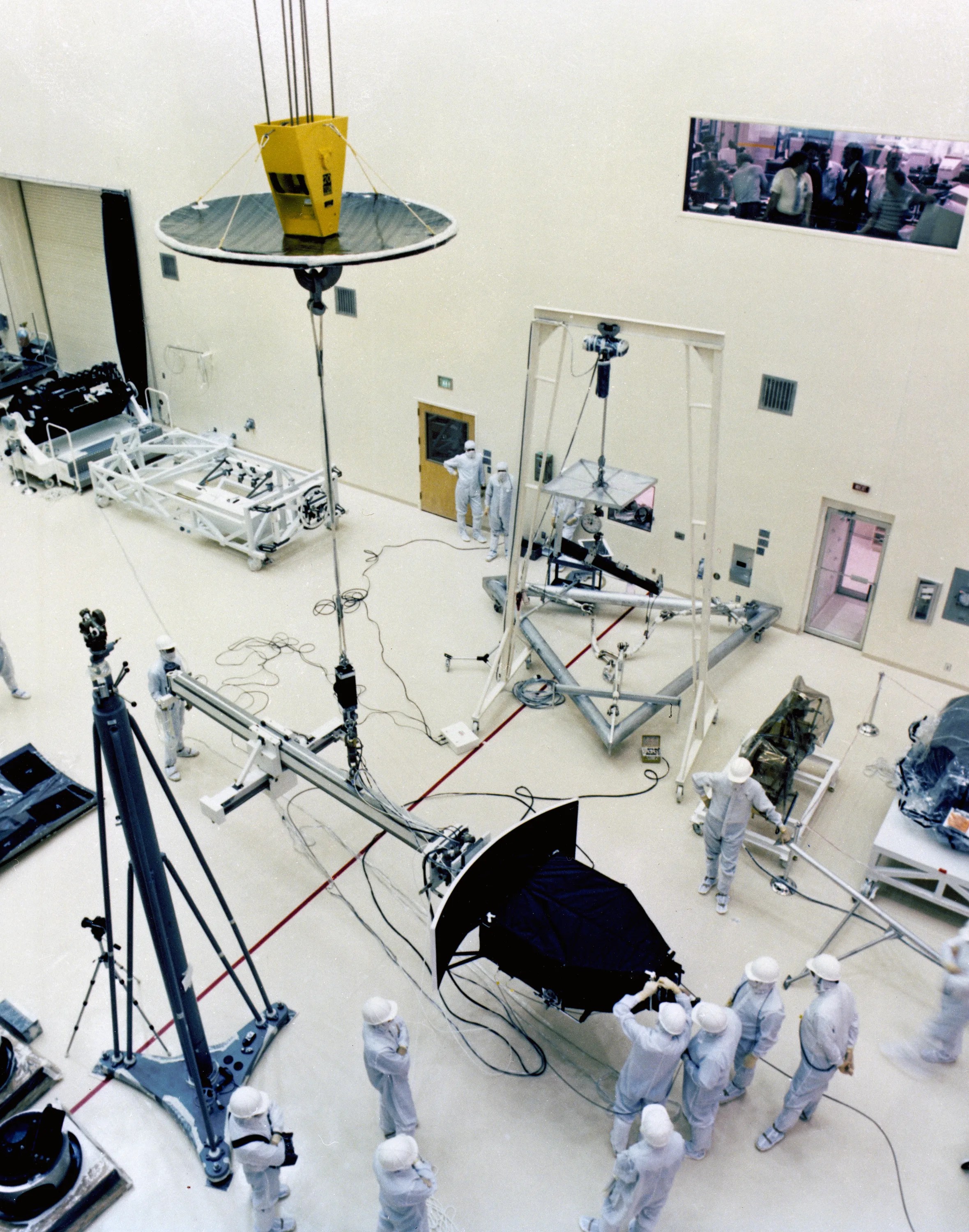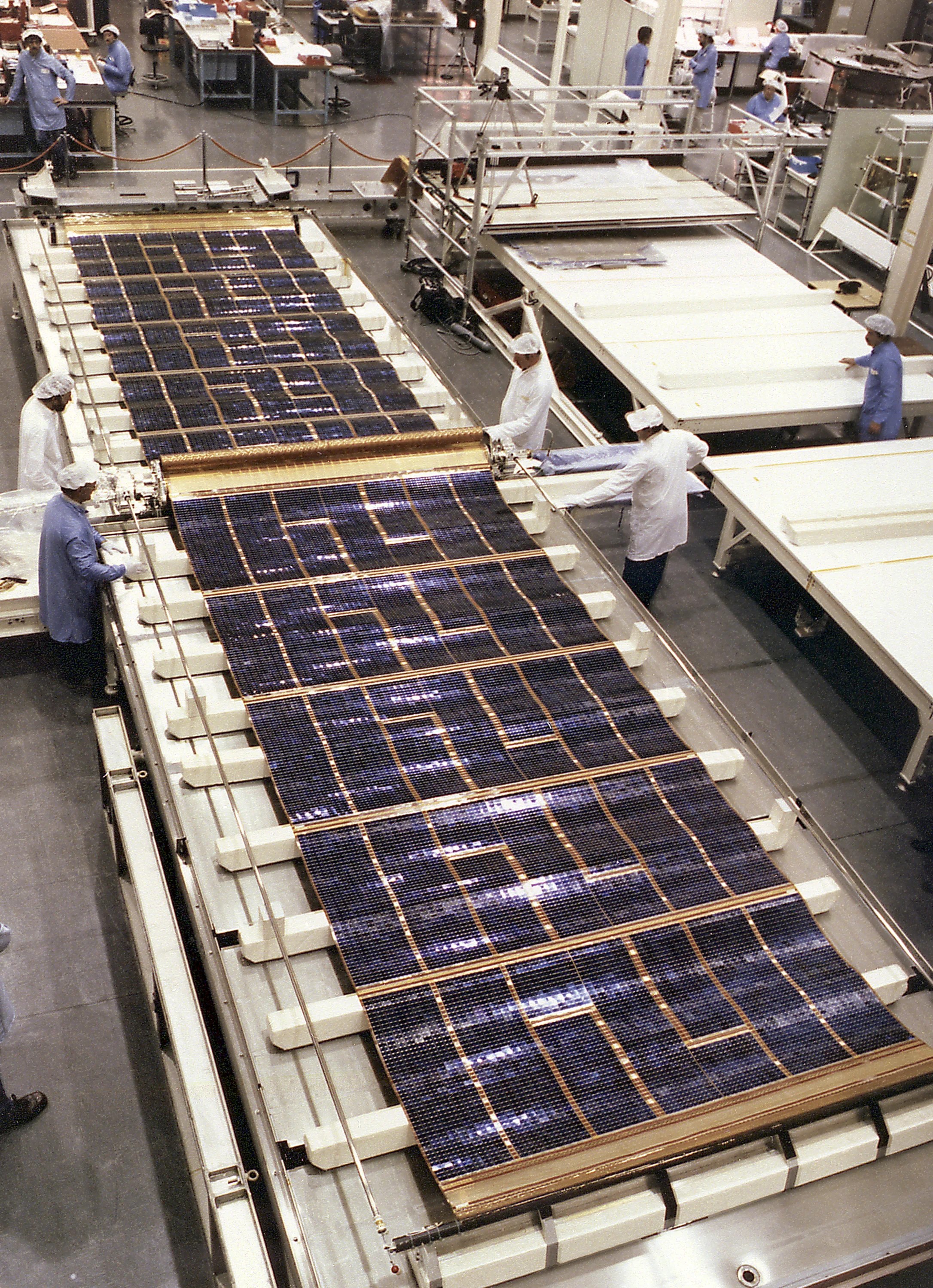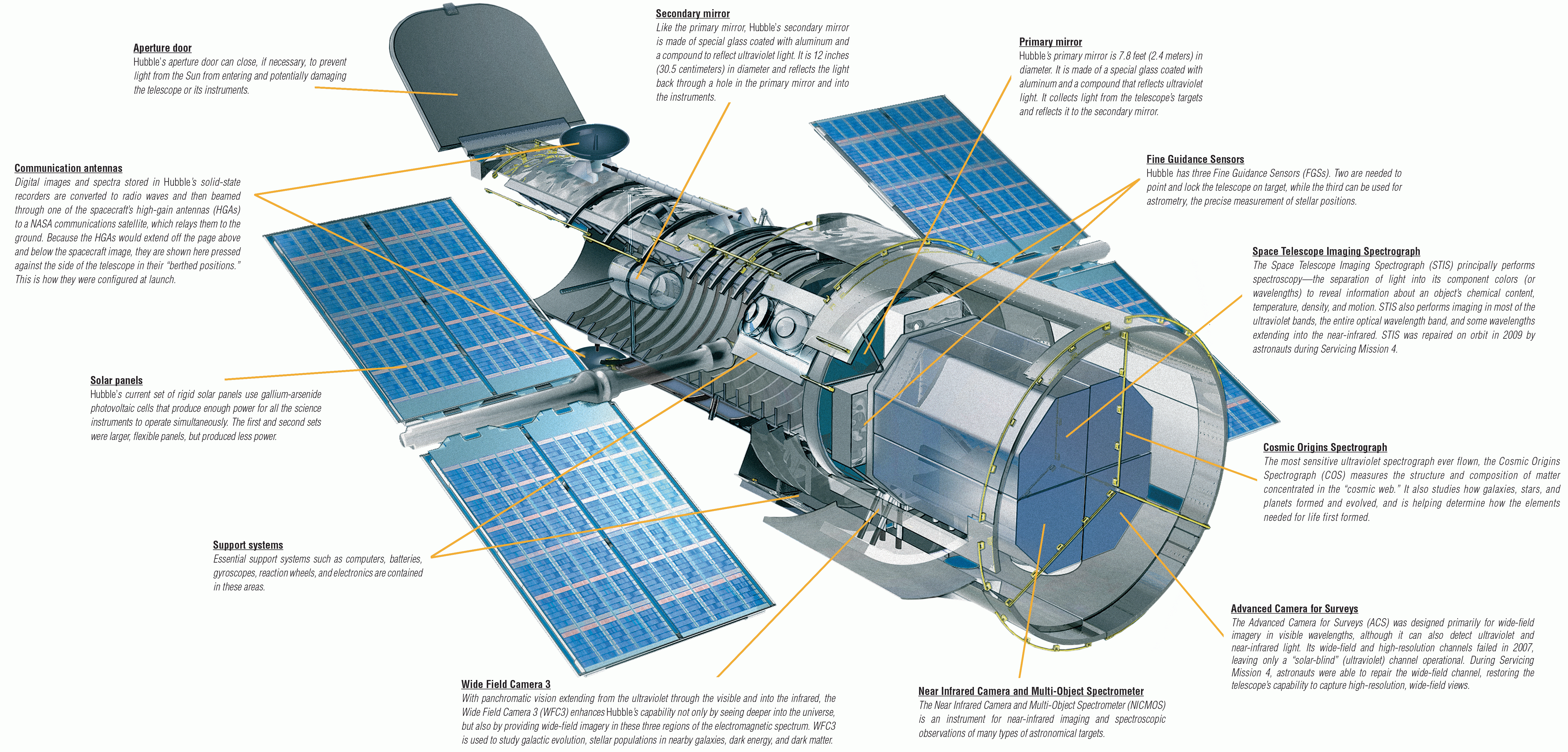Introduction
Earth is wrapped in a light-blocking and light-distorting blanket of air that gives our view of the universe a quivering effect. When you look up at night and see the stars twinkle, you’re seeing “atmospheric distortion,” shifting pockets of air that cause the steady light from stars to shiver. When a telescope is located on Earth, no matter how pure the air and clear the view, its resolution is limited by that atmospheric distortion.
The solution? Get over the problem. Hundreds of miles over, to be precise.
Since the birth of the telescope, astronomers have spent long nights pointing their telescopes skyward and striving for the best possible glimpse of the heavens. They polished glass lenses and then mirrors to exquisite precision; invented new ways to shape glass to create bigger and better lenses and mirrors; designed increasingly large telescopes and encased them in protective domes atop distant mountains.
But no matter what they did, Earth's atmosphere remained a major obstacle between them and a clear view of the universe. The atmosphere is a fluid, chaotic soup of gas and dust. It blurs visible light, causing stars to twinkle and making it difficult to see faint stars. It hinders or even totally absorbs other wavelengths of light, making observations of such wavelength ranges as infrared, ultraviolet, gamma rays, and X-rays difficult or virtually impossible. (It is also these properties that protect us from the harmful effects of these rays.)
Even modern adaptive optics (using deformable mirrors to refocus blurred light from the cosmos) and other image-processing techniques were able to minimize – but not totally eliminate – the effects of the atmosphere.
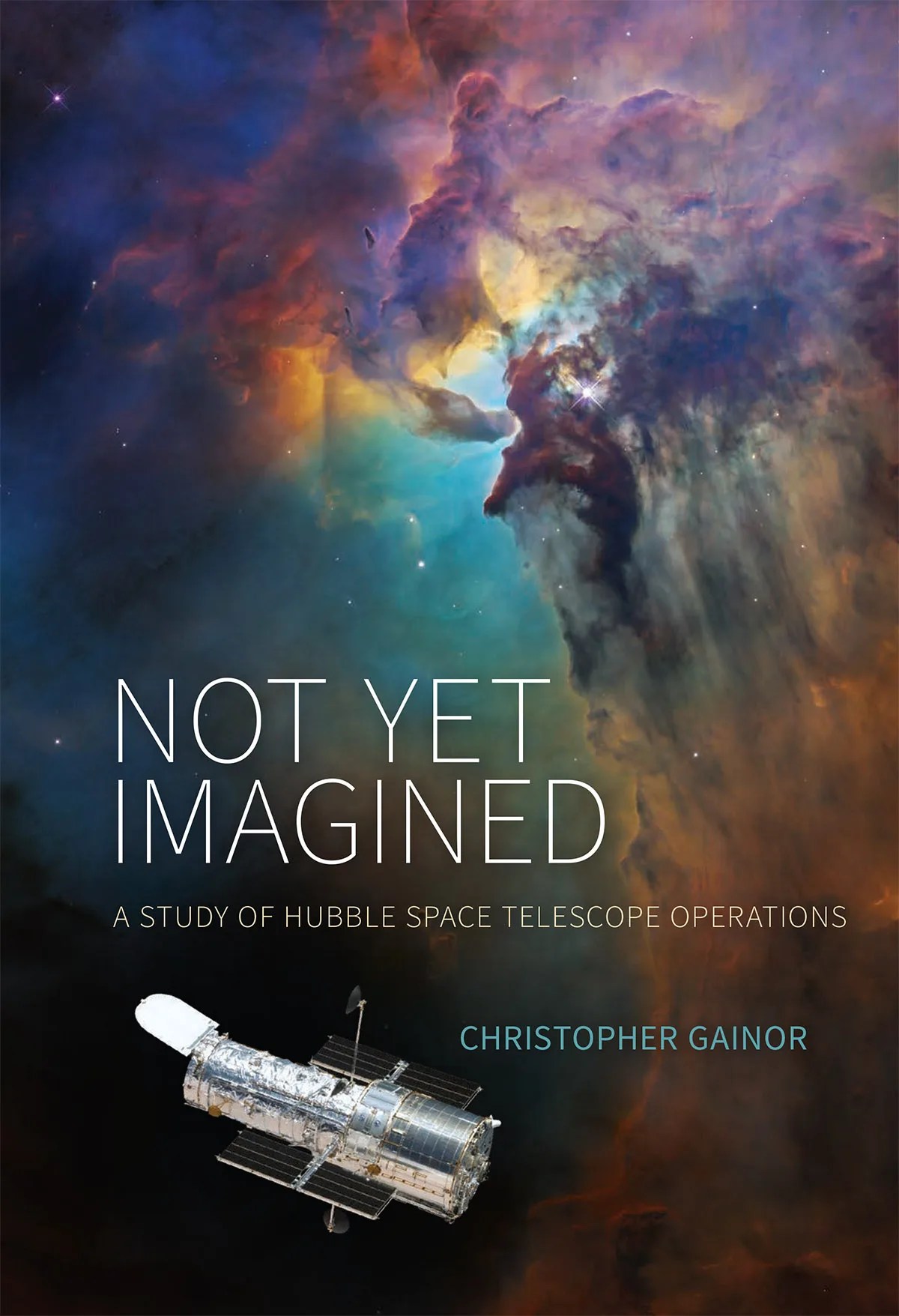
NASA’s Incredible Discovery Machine: The Story of the Hubble Space Telescope
Thanks to five servicing missions and more than 30 years of operation, our view of the universe and our place within it has never been the same. This documentary celebrates not only the scientific and technological achievements of this telescope, but also the human spirit that’s helped to keep it up and operational for all these years.
Learn MoreA Telescope in Space?
In 1923, German scientist Hermann Oberth, one of the three fathers of modern rocketry (along with Robert Goddard and Konstantin Tsiolkovsky), published "Die Rakete zu den Planetenraumen" ("The Rocket into Planetary Space"), which mentioned how a telescope could be propelled into Earth orbit by a rocket. In 1946, Princeton astrophysicist Lyman Spitzer wrote about the scientific benefits of a telescope in space, above Earth's turbulent atmosphere. It would become a driving focus of his long career in astronomy.
Following the launch of the Soviet satellite Sputnik in 1957, the fledgling NASA successfully launched two Orbital Astronomical Observatories (OAOs) into orbit. They made a number of ultraviolet observations and provided learning experiences for the manufacture and launch of future space observatories.
Meanwhile, scientific, governmental, and industrial groups planned the next step beyond the OAO program. Spitzer gathered the support of other astronomers for a "large orbital telescope" and addressed the concerns of its critics. In 1969, the National Academy of Sciences gave its approval for the Large Space Telescope (LST) project, and the hearings and feasibility studies continued.
Planning Begins
After Neil Armstrong's "giant leap for mankind" on the Moon in 1969, funding for NASA space programs began to dwindle, putting the Large Space Telescope program in jeopardy. Planners had to design the telescope under budget constraints. A number of downsizing measures were considered, such as decreasing the size of the primary mirror, the number of scientific instruments, or the number of spare parts created and tests performed. Ultimately, the size of the main mirror was reduced from 120 inches to 94.
In 1974, the LST Science Working Group recommended the space telescope carry a large complement of interchangeable instruments. The requirements for these instruments were to resolve at least one-tenth of an arcsecond (or 1/36,000 of a degree of arc across the sky), and have a wavelength range from ultraviolet through visible to infrared light.
Report to Project RAND: Astronomical Advantages of an Extra-terrestrial Observatory
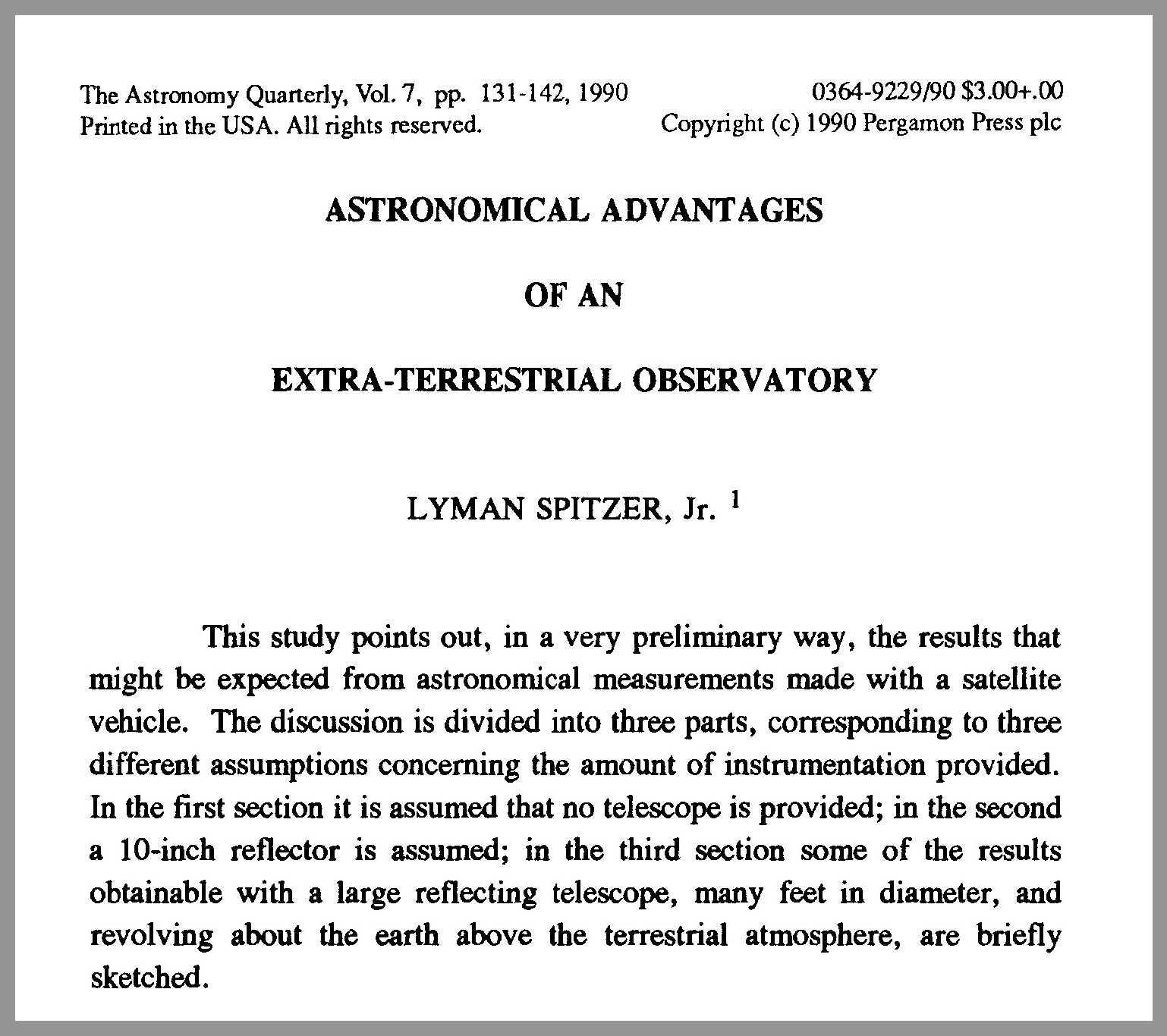
The chief contribution of such a radically new and more powerful instrument would be, not to supplement our present ideas of the universe we live in, but rather to uncover new phenomena not yet imagined, and perhaps to modify profoundly our basic concepts of space and time.

Astronomer Lyman Spitzer
On the concept of space observatories
The Space Shuttle
NASA and its industrial partners – called contractors – brought up the option of developing a vehicle that could achieve orbit, return to Earth intact, and be reused repeatedly; the concept of the space shuttle was born. The space shuttle could deploy the Large Space Telescope into space and reel it back for return to Earth. In turn, the telescope’s designers created the telescope to fit snugly inside the shuttle’s cargo bay.
NASA suggested that the lifetime of the space telescope be 15 years, which implied that the instruments needed to be replaced periodically on the ground or even serviced in orbit. Scientists had to balance the size and quantity of scientific instruments versus their cost. Too many instruments meant financial support was less likely, but instruments with lesser capabilities would lose scientific support for the telescope. The European Space Agency (ESA) joined the project in 1975 and provided 15 percent of the funding of the Large Space Telescope via contribution of the Faint Object Camera and the solar arrays. In return, NASA guaranteed at least 15 percent of telescope time – the amount of time astronomers use the telescope for space observations – to European astronomers. In 1977, Congress approved funding to build one of the most sophisticated satellites ever constructed.
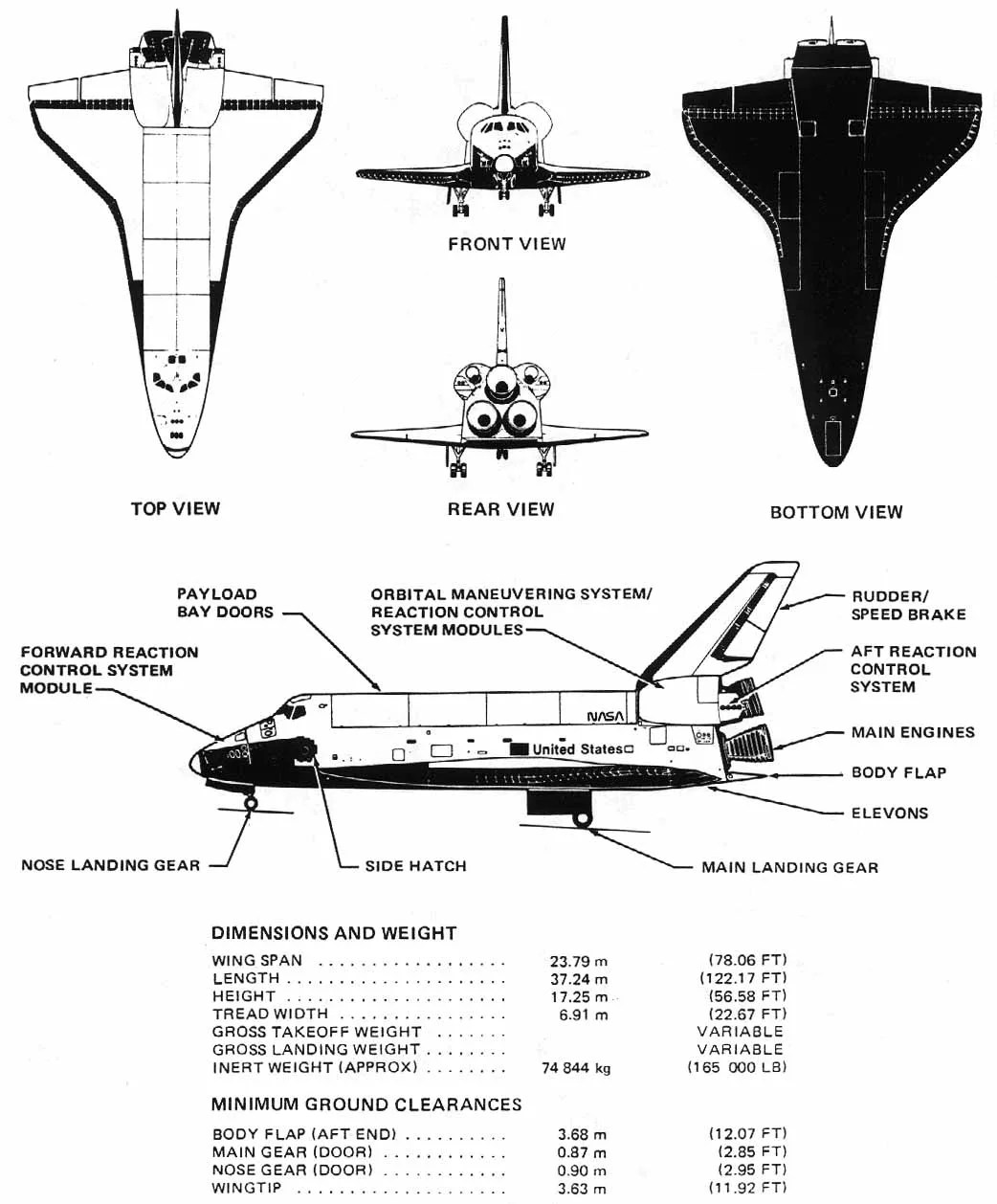
Who Does What?
NASA chose Marshall Space Flight Center in Huntsville, Alabama, as the lead NASA field center for the design, development, and construction of the space telescope. Marshall delegated Perkin-Elmer Corporation (now Hughes Danbury Optical Systems) the task of developing the Optical Telescope Assembly and the Fine Guidance Sensors. Lockheed Missiles and Space Company (now Lockheed Martin) was selected by Marshall to build the spacecraft’s outer structure and the Support Systems Module (the internal support systems, which include the computer, power, communications, pointing and control systems), and then assemble the telescope together.
NASA chose Goddard Space Flight Center in Greenbelt, Maryland, to be the lead in scientific instrument design and ground control for the space observatory. Scientists were organized into "Instrument Definition Teams," which would translate scientific aims into scientific devices and incorporate them into the space telescope housing. After an announcement was made to the astronomy community, proposals were received and judged, and five devices were selected as the initial instruments that would be aboard the space telescope: the Faint Object Camera, the Wide Field/Planetary Camera, the Faint Object Spectrograph, the High Resolution Spectrograph, and the High Speed Photometer.
The Johnson Space Center in Houston, Texas, and the Kennedy Space Center in Florida supplied space shuttle support. In all, dozens of contractors, a handful of universities, and several NASA centers, spanning 21 states and 12 other countries worldwide, made the dream of a telescope in space a reality.
In 1983, the Space Telescope Science Institute (STScI) began operations at The Johns Hopkins University in Baltimore, Maryland. The staff of STScI would evaluate proposals for telescope time and manage the resulting telescope observations.
A number of delays stemming from underestimating the costs and engineering requirements of the state-of-the-art telescope caused the launch date to be moved from December 1983 to the second half of 1986. NASA re-examined interfaces, instruments, and assemblies. The building of the Optical Telescope Assembly encountered engineering challenges. Scientific instruments, such as the Wide Field/Planetary Camera (WF/PC), underwent redesign, removing weight and redundancy.
Hubble Is Born
To maintain and upgrade the space telescope, plans were made to conduct servicing missions in orbit versus returning the telescope to Earth and refurbishing it on the ground. It was an innovative concept that would be even easier on a budget. The project was renamed the Hubble Space Telescope after astronomer Edwin Hubble, who showed that other galaxies existed beyond our own and came up with a classification scheme distinguishing galaxies by shape. By 1985, the telescope was assembled and ready for launch.
However, in 1986, disaster struck. The Challenger accident forced NASA to ground the space shuttle fleet for two years. The Hubble project used that time to perform additional work on the telescope. Solar panels were improved with new solar cell technology. The aft shroud (the end of the telescope that houses the science instruments) was modified to make instrument replacement during servicing easier. Computers and communication systems were upgraded. The space telescope was subjected to further stress tests to prepare for the harsh conditions of liftoff and space.
Finally, on April 24, 1990, the space shuttle Discovery lifted off from Earth with the Hubble Space Telescope nestled securely in its bay. The following day, Hubble was released into orbit, ready to peer into the vast unknown of space, offering a glimpse at distant, exotic cosmic shores yet to be described.
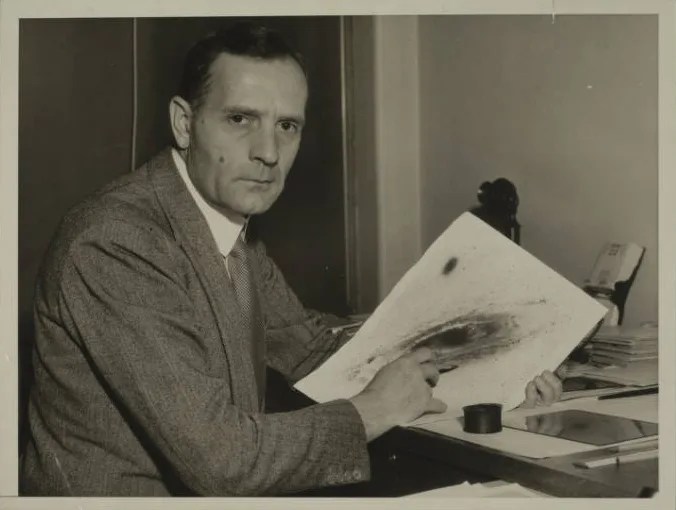
Hubble’s Mirror Flaw
When Hubble began returning science data to Earth, astronomers did not the see crisp, point-like images of stars they had anticipated. Instead, they saw stars surrounded by large, fuzzy halos of light. They soon realized that the edges of the telescope’s primary mirror had been ground too flat by just a fraction of the width of a human hair, because of a flaw introduced into the test equipment used to evaluate the mirror’s curvature prior to launch. Although perfectly smooth, the mirror could not focus light to a single point.
Engineers designed Hubble with many replaceable components, but the primary mirror was not one of them. However, the built-in ability for astronauts to upgrade the observatory in orbit ultimately led to the solution for this seemingly unconquerable problem.
Before NASA even launched Hubble, engineers were hard at work building an improved, second-generation camera for the space telescope. This instrument, called the Wide Field and Planetary Camera 2 (WFPC2), was meant for installation by astronauts at a future date. Optics experts realized they could build corrective optics into this camera to counteract the flaw in the primary mirror.
Meanwhile, Hubble scientists and engineers devised a set of nickel- and quarter-sized mirrors to remedy the effects of the primary mirror on Hubble’s other instruments. Labeled the Corrective Optics Space Telescope Axial Replacement (COSTAR), this refrigerator-sized device could deploy the corrective mirrors into the light paths of the telescope’s other science instruments to focus their images properly.
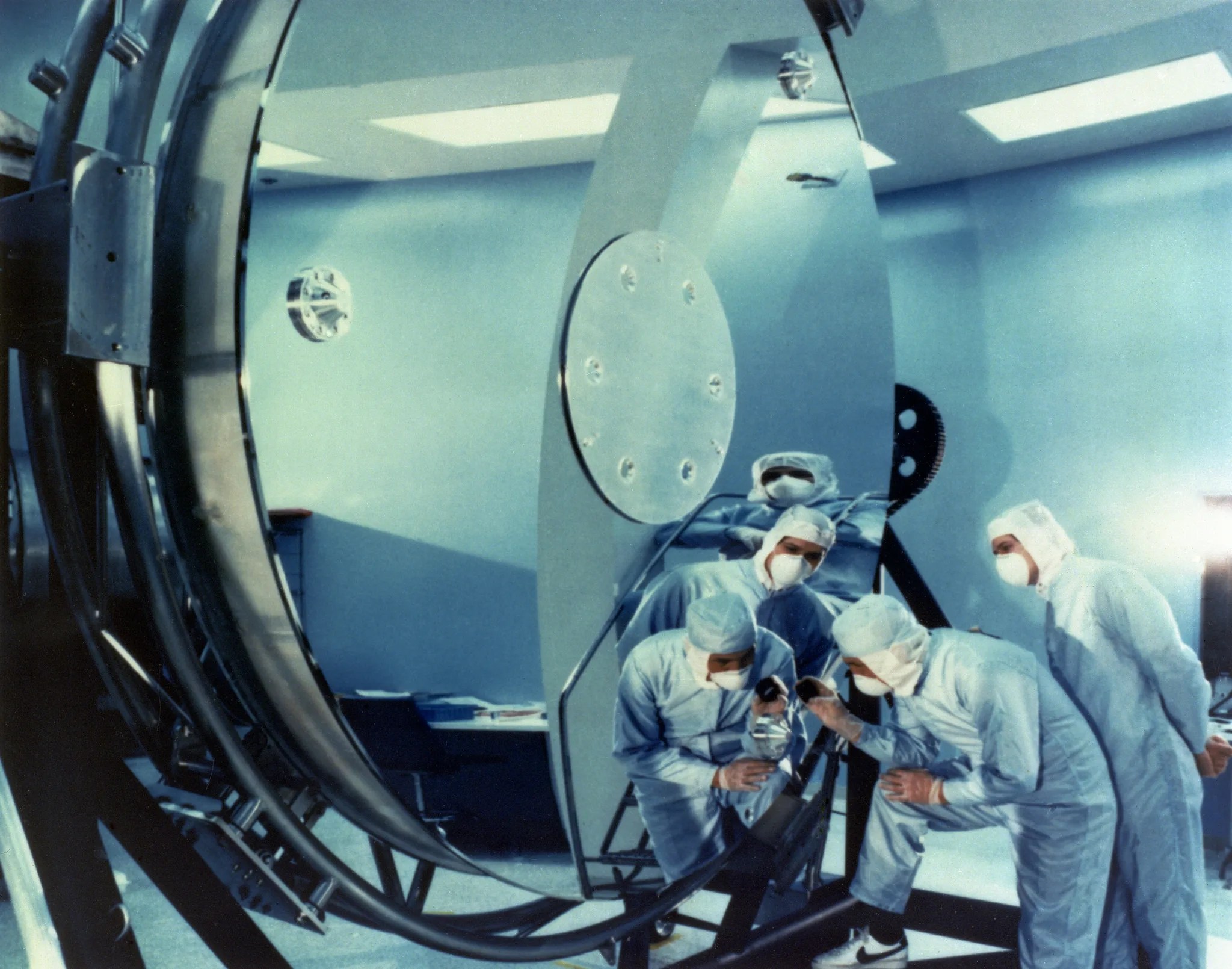
A Renewable Telescope
One of the pioneering aspects of the Hubble Space Telescope is the fact that it was designed to be serviced in space. This important aspect of the mission became even more important when astronomers discovered that Hubble's primary mirror was ground to the wrong specifications. Although Hubble was still able to do cutting-edge science, its image came back fuzzy and out of focus. This was a huge disappointment to both astronomers and the world.
With the first servicing mission and the installation of Wide Field and Planetary Camera 2 and COSTAR, Hubble was back in top form. Its vision corrected, it began to take the breathtaking images of the universe we have become accustomed to. Each of Hubble's five servicing missions gave the observatory new life, upgrading its cameras and instruments with the latest technology.
Servicing Mission 1 (SM1)
Dec. 2-13, 1993
The first opportunity to conduct planned maintenance on the telescope.
The stakes were high as astronauts headed to Hubble for the first of its servicing missions in December 1993. Despite still preforming effective science, Hubble’s mirror flaw affected confidence in NASA and the telescope became famous for its blurred images. SM1 helped rebuild confidence in NASA and Hubble as new instruments, such as the WFPC2 and COSTAR, were installed by astronauts to counter the effects of the primary mirror’s flawed shape. On Dec. 18, 1993, astronomers gathered around a monitor at the Space Telescope Science Institute. They watched anxiously and then cheered as the first image from WFPC2 appeared, free of the blurriness that had plagued previous Hubble images.
Read More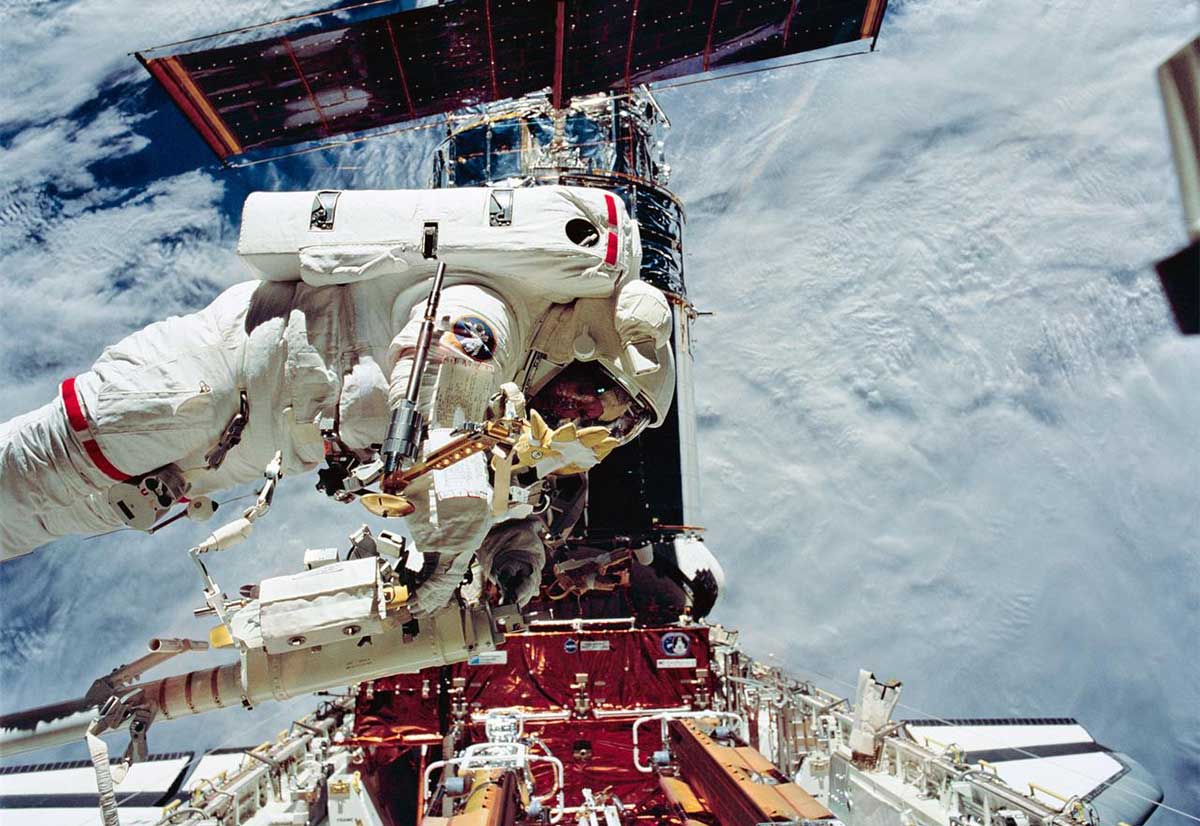
Servicing Mission 2 (SM2)
Feb. 11-21, 1997
The installation of new instruments extended Hubble's wavelength range into the near-infrared for imaging and spectroscopy, while replacing failed or degraded spacecraft components increased efficiency and performance.
During the second servicing mission, astronauts replaced degrading spacecraft components and installed new instruments such as the Space Telescope Imaging Spectrograph (STIS) and the Near Infrared Camera and Multi-Object Spectrometer (NICMOS).
Read More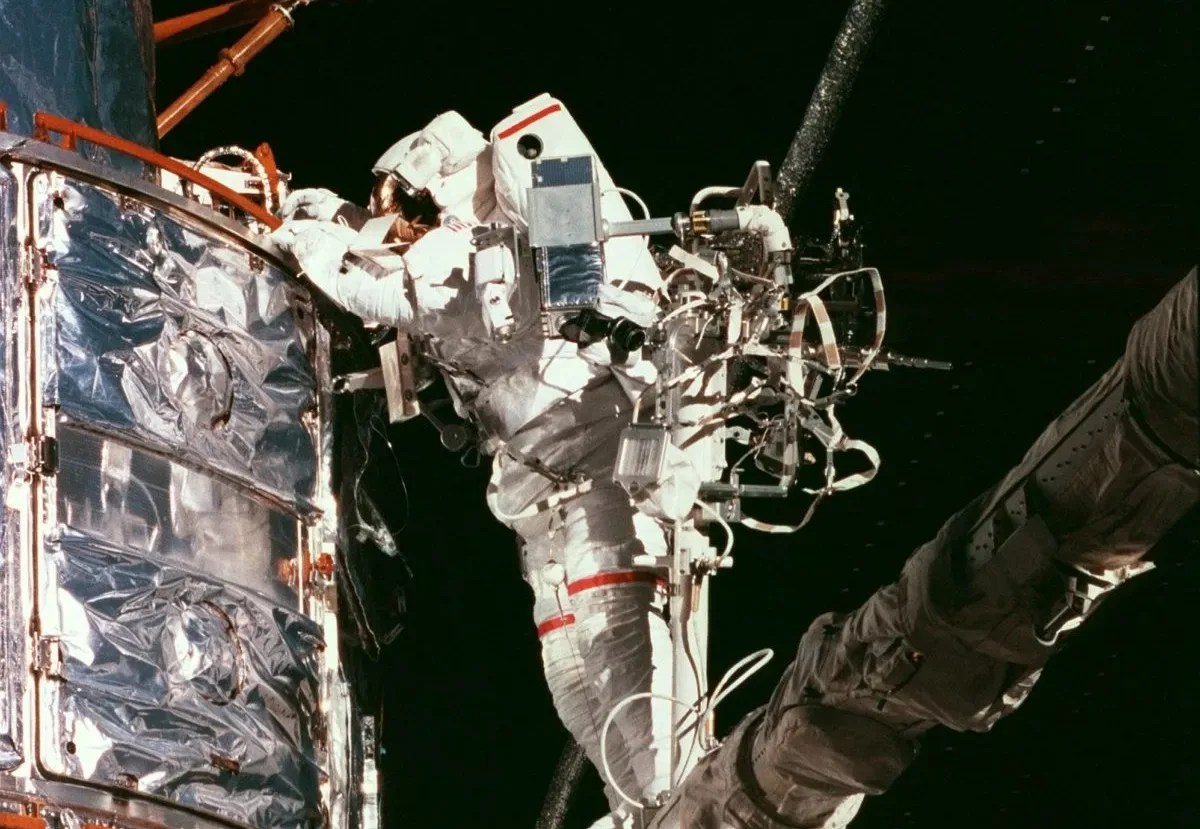
Servicing Mission 3A (SM3A)
Dec. 19-27, 1999
What was originally conceived as a mission of preventive maintenance turned more urgent when the fourth of Hubble's six gyros failed.
On November 13, 1999, the fourth of Hubble's six gyroscopes (gyros) failed and the telescope temporarily closed its eyes on the universe. Gyros measure the spacecraft’s rate of motion and help point Hubble toward its observation target. Unable to conduct science without three working gyros, Hubble entered a state of dormancy called safe mode. Essentially, Hubble “went to sleep” while it waited for help.
Read More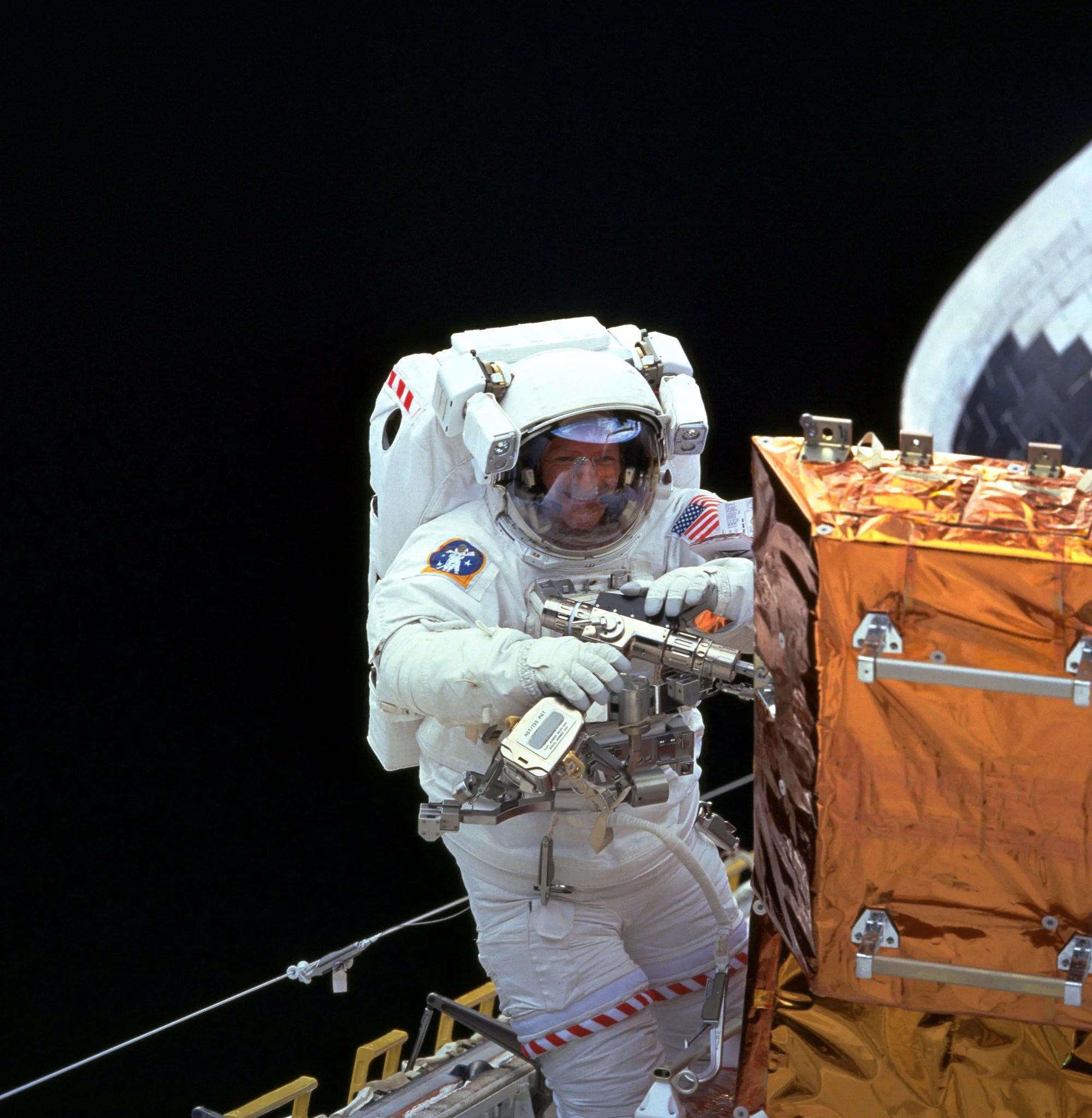
Servicing Mission 3B (SM3B)
March 1-12, 2002
Astronauts replaced Hubble's solar panels and installed the Advanced Camera for Surveys.
During SM3B, astronauts installed a new science instrument called the Advanced Camera for Surveys (ACS). ACS sees in wavelengths ranging from visible to far-ultraviolet, and can produce 10 times the science results in the same amount of time than the camera it replaced, the Faint Object Camera.
Read More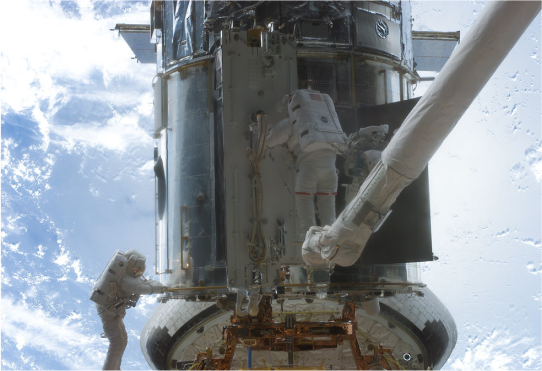
Servicing Mission 4 (SM4)
May 11-24, 2009
Servicing Mission 4 gave Hubble new life, carrying it firmly into its third decade of operation.
The fifth visit to Hubble occurred in May 2009. Astronauts installed two new scientific instruments: the Cosmic Origins Spectrograph and Wide Field Camera 3. Two failed instruments, the Space Telescope Imaging Spectrograph and the Advanced Camera for Surveys, were brought back to life by the first-ever, on-orbit instrument repairs. In order to prolong Hubble’s life, other components were replaced including new batteries, new gyroscopes, and a new science computer.
Read More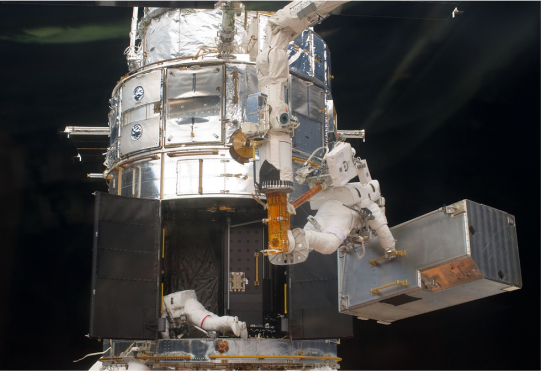
We’ve got basically a new telescope up there. It can be really exciting for the astronomical community – I guess the whole world – to see what Hubble can really do with a good set of eyeballs.

Jeffrey Hoffman
Astronaut, Servicing Mission 1
Hubble Today
Hubble’s mission was to spend at least 15 years probing the farthest and faintest reaches of the cosmos. The telescope far exceeded that goal, operating and observing the universe for more than 30 years. During its time in orbit, the telescope has taken more than 1.6 million observations, and astronomers have used that data to publish more than 21,000 peer-reviewed scientific publications on a broad range of topics. Those papers in turn are cited in other academic papers more than one million times.
The extent of Hubble's scientific reach is enormous. Hubble's discoveries have changed our understanding of every aspect of astronomy, from our solar system neighbors to distant galaxies in the far reaches of the universe. It's three decades of observations have generated more than 430 terabytes of data. This archive offers astronomers a wealth of information across a broad spectrum of light (ultraviolet, visible, and near-infrared). It also allows astronomers to chart changes in a given astronomical object over time. This wealth of information and the discoveries it yields have won many awards, including the Nobel Prize for Physics.
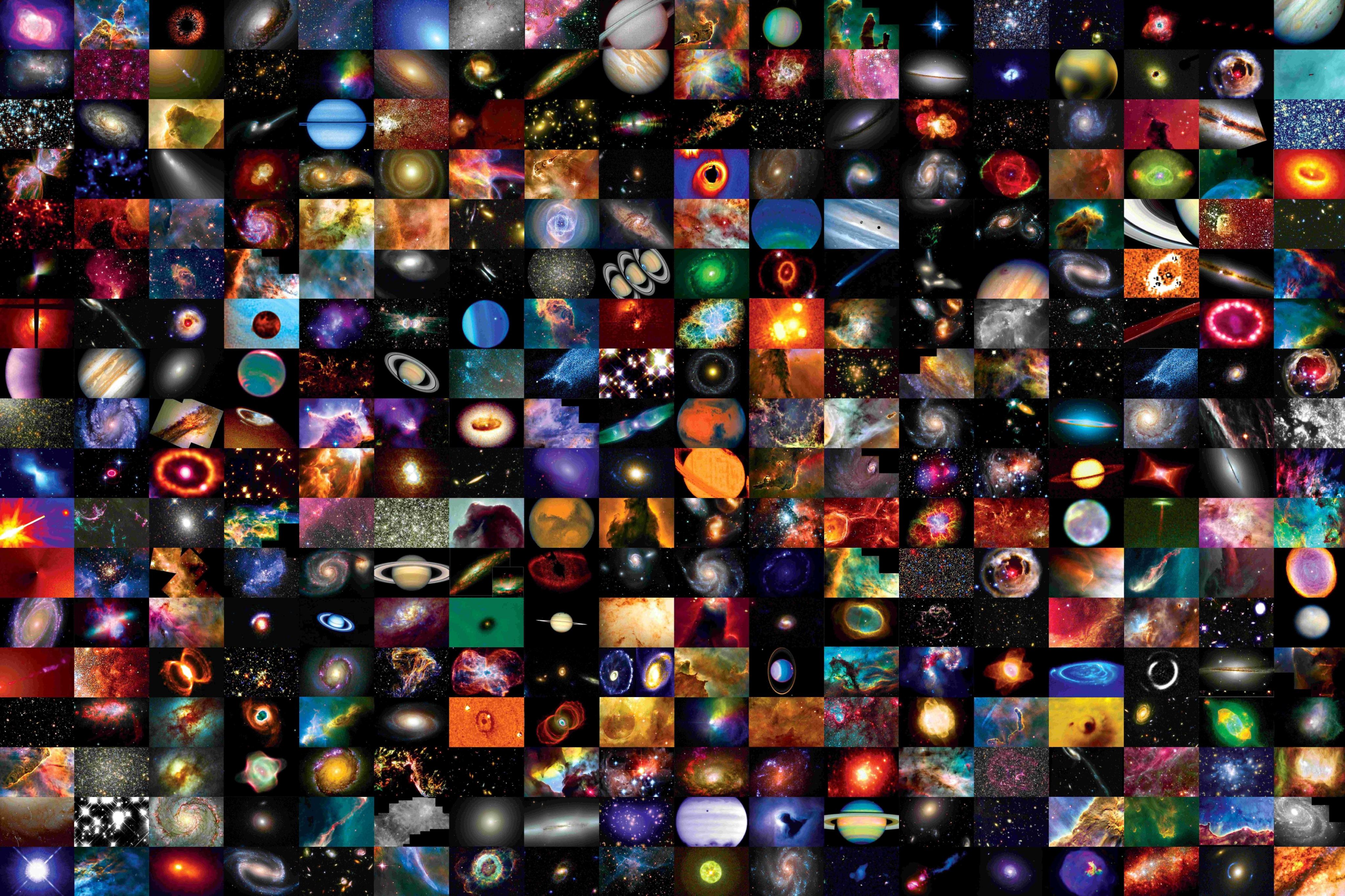
Any piece of machinery 30 years old includes aging parts approaching their limited lifespan. No more servicing missions are scheduled to repair or replace equipment on Hubble. However, a dedicated team of engineers and scientists continuously work to keep Hubble operating for as long as possible. Hubble’s engineers have found new and innovative ways to overcome the inevitable problems that plague aging equipment in the harshness of space. They've even developed a way to operate the telescope with only one gyroscope, instead of the original three, by using other types of sensors on the spacecraft to make up for gyros that have failed. This will allow Hubble to continue collecting data and taking its beautiful image of the universe. Such innovations are designed to extend the lifetime of Hubble’s equipment and will keep the telescope exploring for years to come.
While nearly impossible to provide a comprehensive list of all the scientific contributions Hubble has made during its career, the telescope’s observations have contributed to the understanding of how galaxies grow and evolve, the presence of black holes in most galaxies, the life-cycle of stars, and the atmospheric composition of planets outside our solar system. Hubble’s explorations have fundamentally changed our perception of the universe and will continue to reveal new insights for many years.
